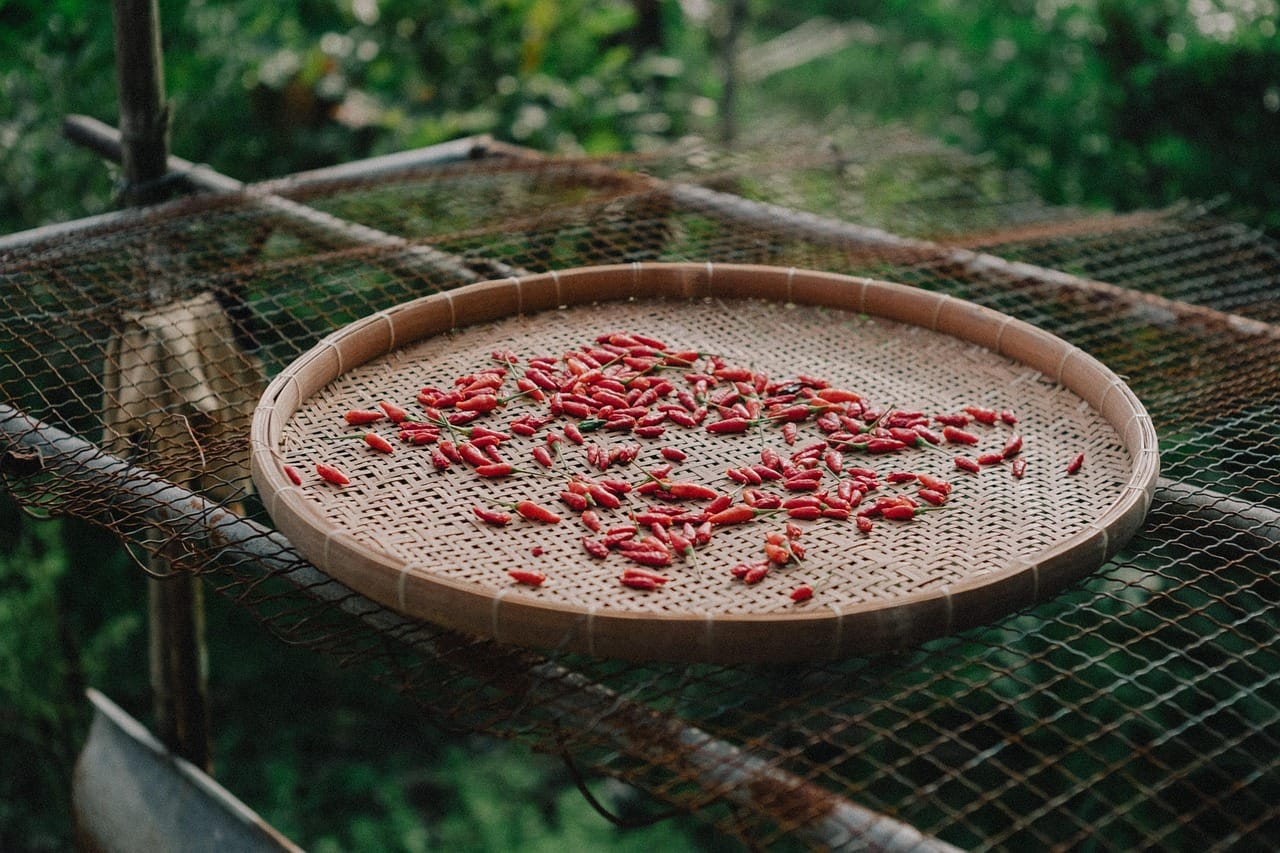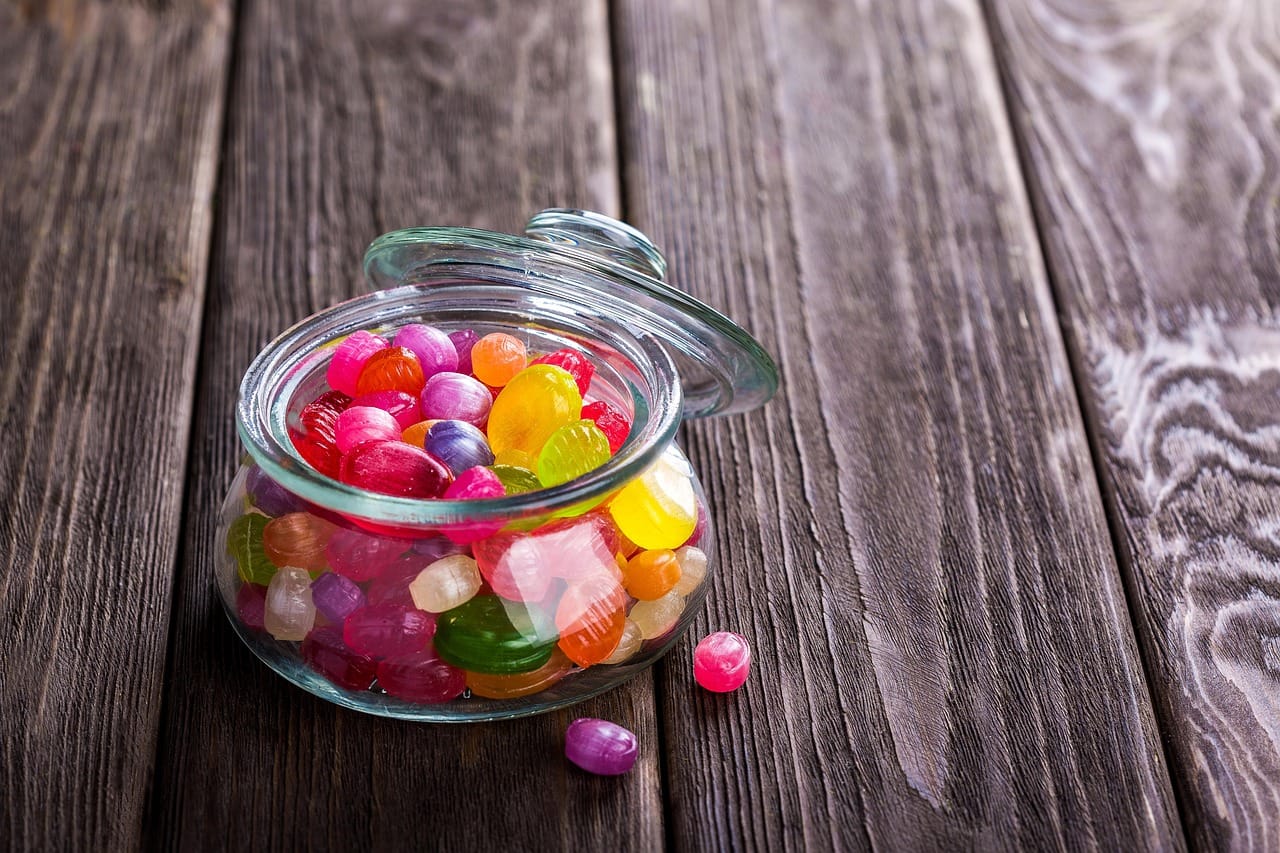Fried pickles. The very name conjures images of tangy, crunchy, salty perfection, a surprisingly delightful combination that has captured hearts and taste buds across the nation. From state fairs to upscale restaurants, this beloved appetizer has earned its place as a culinary icon. But what makes fried pickles so irresistible, and how can you make them perfectly at home? Let’s dive into the world of fried pickles, exploring their history, variations, and the secrets to achieving that perfect bite.
The Alluring History of Fried Pickles
Origin and Evolution
Fried pickles, while seemingly a modern invention, have roots tracing back several decades. The generally accepted origin story credits Bernell “Fatman” Austin at the Duchess Drive In in Atkins, Arkansas, in 1963. Legend has it that he had excess pickle slices and decided to experiment with frying them, creating a surprising and delicious snack.
- Initially, fried pickles were a local delicacy in the South.
- Their popularity gradually spread across the United States.
- Today, they are a common appetizer found on menus nationwide.
Regional Variations
While the core concept remains the same – pickles battered and fried – regional variations abound, adding unique twists to this classic treat.
- Dill Pickle Chips: The most common, using thinly sliced dill pickles.
- Spears: Whole or halved pickle spears are battered and fried for a substantial bite.
- Sweet Pickles: Some regions, particularly in the South, use sweet pickles for a different flavor profile.
- Spicy Pickles: Adding spices like cayenne pepper to the batter creates a fiery version.
Mastering the Perfect Breading
Selecting the Right Batter
The batter is crucial for achieving the perfect fried pickle. A well-made batter adheres to the pickle, provides a crispy exterior, and complements the tangy flavor.
- Flour-Based: A simple mixture of all-purpose flour, cornstarch, and seasonings. The cornstarch adds extra crispiness.
- Beer Batter: Using beer in the batter creates a light and airy texture.
- Panko Breadcrumbs: Panko provides an ultra-crispy, slightly coarse coating.
Key Ingredients and Seasonings
A well-seasoned batter elevates the flavor profile of your fried pickles. Experiment with different combinations to find your favorite.
- Garlic Powder: Adds a savory depth.
- Onion Powder: Complements the garlic and enhances the overall flavor.
- Paprika: Provides a hint of sweetness and a vibrant color. Smoked paprika adds a smoky depth.
- Cayenne Pepper: For a touch of heat.
- Salt and Pepper: Essential for balancing the flavors.
Achieving Optimal Batter Consistency
The batter consistency is vital for proper adhesion and texture. It should be thick enough to coat the pickles without being too heavy.
- Too Thin: The batter will slide off the pickles, resulting in a greasy and unevenly coated product.
- Too Thick: The batter will create a heavy, doughy crust that overwhelms the pickle flavor.
- Ideal Consistency: Resembles pancake batter. Adjust with small amounts of liquid (water, milk, or beer) until the desired consistency is reached.
The Art of Frying
Choosing the Right Oil
The type of oil you use significantly impacts the flavor and texture of your fried pickles. Opt for oils with a high smoke point and neutral flavor.
- Vegetable Oil: A readily available and affordable option.
- Canola Oil: Another neutral-flavored oil with a high smoke point.
- Peanut Oil: Offers a slightly nutty flavor and excellent frying properties (be mindful of allergies).
Maintaining the Ideal Temperature
Maintaining the correct oil temperature is crucial for achieving crispy, golden-brown fried pickles.
- Optimal Temperature: 350-375°F (175-190°C).
- Too Low: The pickles will absorb too much oil and become soggy.
- Too High: The outside will brown too quickly, while the inside remains undercooked.
- Using a Thermometer: Use a deep-fry thermometer to monitor the oil temperature accurately.
Frying Techniques
Proper frying techniques ensure even cooking and prevent overcrowding the fryer.
- Small Batches: Fry in small batches to maintain the oil temperature and prevent the pickles from sticking together.
- Avoid Overcrowding: Overcrowding lowers the oil temperature and results in soggy pickles.
- Even Browning: Turn the pickles occasionally to ensure even browning on all sides.
Serving Suggestions and Dipping Sauces
Classic Pairings
Fried pickles are traditionally served as an appetizer with a variety of dipping sauces.
- Ranch Dressing: A classic and crowd-pleasing choice.
- Spicy Ranch: Adding hot sauce or cayenne pepper to ranch dressing for an extra kick.
- Blue Cheese Dressing: A tangy and creamy option.
Creative Dipping Sauces
Experiment with creative dipping sauces to elevate your fried pickle experience.
- Sriracha Mayo: A spicy and creamy combination.
- Honey Mustard: A sweet and tangy option.
- Chipotle Aioli: A smoky and garlicky dipping sauce.
- Creamy Dill Sauce: A refreshing and complementary flavor.
Serving Suggestions
Consider how you present your fried pickles to enhance the dining experience.
- Warm Serving: Serve immediately after frying for optimal crispness.
- Garnish: Garnish with fresh herbs like parsley or dill for a pop of color and freshness.
- Presentation: Arrange the fried pickles artfully on a plate or in a basket.
Conclusion
Fried pickles are more than just a snack; they’re a culinary adventure that combines the unexpected flavors of tangy pickles and crispy batter. Whether you’re a seasoned chef or a home cook, mastering the art of fried pickles is within reach. By understanding the history, mastering the batter, perfecting the frying technique, and exploring creative dipping sauces, you can create this beloved appetizer with confidence and flair. So go ahead, embrace the tangy, crunchy, salty goodness and bring the joy of fried pickles to your table!




